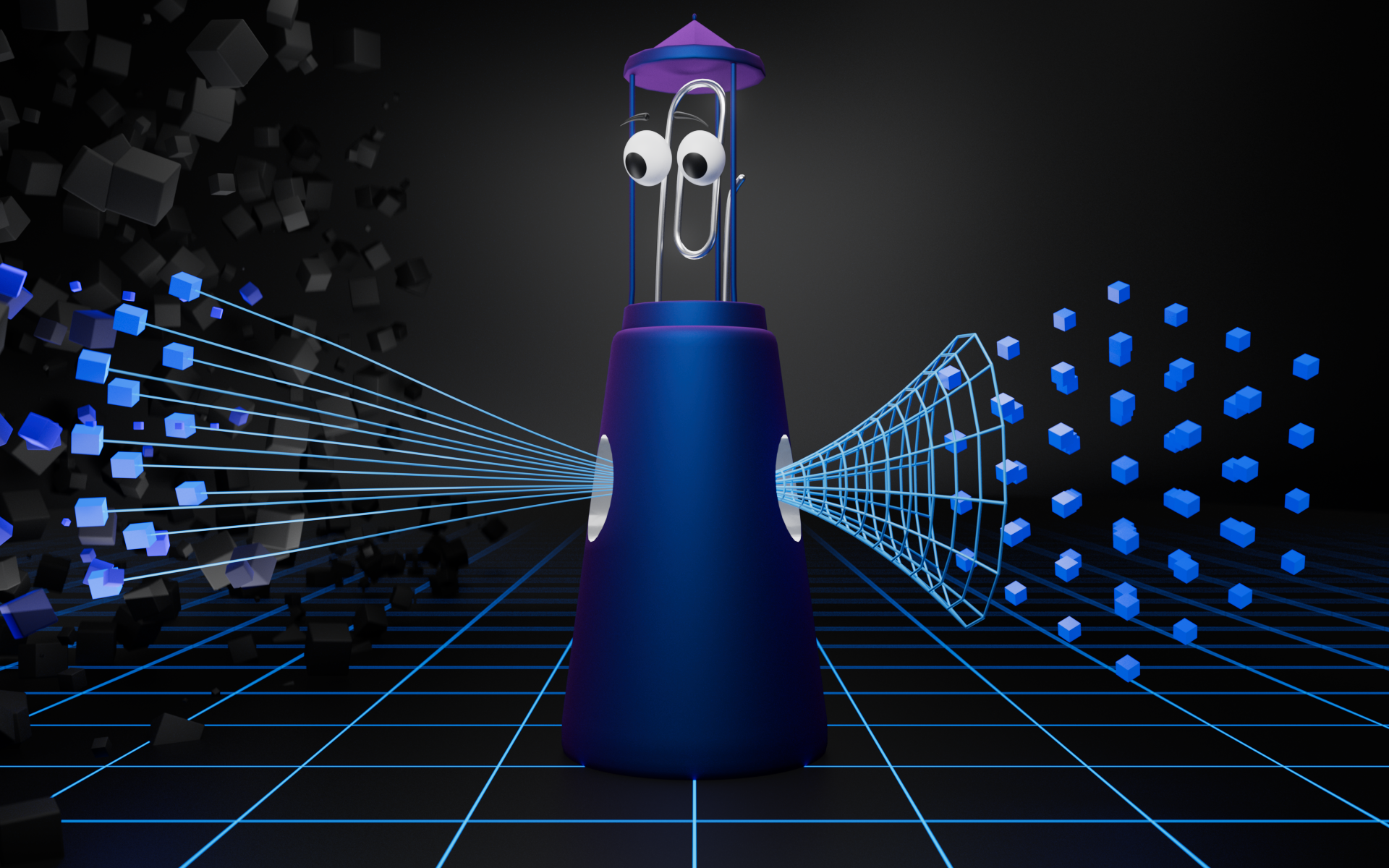| .github/workflows | ||
| .husky | ||
| docs | ||
| packages | ||
| .dockerignore | ||
| .gitignore | ||
| .npmrc | ||
| Dockerfile | ||
| lerna.json | ||
| LICENSE | ||
| Makefile | ||
| package.json | ||
| README.md | ||
| yarn.lock | ||
watcher-ts
Watchers make managing data in Dapp development as frictionless as possible. They do this by querying, transforming, and caching Ethereum state data cheaper and faster compared to existing solutions. This data also comes with evidence for generating cryptographic proofs to provide verification that the data is authentic. Public watchers are found in the packages directory.
Go here for a quick start demo of setting up the stack and deploying/using the erc20 watcher via the Laconic Stack Orchestrator.
Prerequisites
User Mode
laconic-soInstall
The Laconic Stack Orchestrator provides all the tools to quickly get started with watchers.
Developer Mode
You'll need the above if you plan on digging into this repo and/or writing your own watchers.
Services
The default configuration files used by watchers assume the following services are setup and running on localhost:
- cerc-io/go-ethereum on port 8545
- cerc-io/ipld-eth-server with native GQL API enabled, on port 8082
- cerc-io/ipld-eth-db to populate the postgres database for
ipld-eth-server
These services are dockerized by the Laconic Stack Orchestrator (laconic-so). Use it unless you plan on digging into those codebases.
Setup
From the root of this repository, run:
yarn && yarn build
to download dependencies and build all the watchers.
Each watcher has a README with instruction on building and using it. See the packages directory for all available watchers.
